Raymond A. Serway, John W. Jewett9780534408428, 0495142425, 0534408427, 9780495142423
Table of contents :
Cover Page……Page 1
Book Info……Page 2
Table of Contents……Page 3
Part 1 – Mechanics……Page 10
1 Physics and Measurement……Page 11
1.1 Standards of Length, Mass, and Time……Page 13
1.2 Matter and Model Building……Page 16
1.3 Density and Atomic Mass……Page 18
1.4 Dimensional Analysis……Page 19
1.5 Conversion of Units……Page 21
1.6 Estimates and Order-of-Magnitude Calculations……Page 22
1.7 Significant Figures……Page 24
SUMMARY……Page 25
PROBLEMS……Page 26
2 Motion in One Dimension……Page 32
2.1 Position, Velocity, and Speed……Page 33
2.2 Instantaneous Velocity and Speed……Page 37
2.3 Acceleration……Page 40
2.4 Motion Diagrams……Page 43
2.5 One-Dimensional Motion with Constant Acceleration……Page 45
2.6 Freely Falling Objects……Page 49
2.7 Kinematic Equations Derived from Calculus……Page 53
GENERAL PROBLEM-SOLVING STRATEGY……Page 56
SUMMARY……Page 57
PROBLEMS……Page 58
3 Vectors……Page 67
3.1 Coordinate Systems……Page 68
3.2 Vector and Scalar Quantities……Page 69
3.3 Some Properties of Vectors……Page 70
3.4 Components of a Vector and Unit Vectors……Page 74
QUESTIONS……Page 79
PROBLEMS……Page 80
4 Motion in Two Dimensions……Page 86
4.1 The Position, Velocity, and Acceleration Vectors……Page 87
4.2 Two-Dimensional Motion with Constant Acceleration……Page 89
4.3 Projectile Motion……Page 92
4.4 Uniform Circular Motion……Page 100
4.5 Tangential and Radial Acceleration……Page 103
4.6 Relative Velocity and Relative Acceleration……Page 105
SUMMARY……Page 108
QUESTIONS……Page 109
PROBLEMS……Page 110
5 The Laws of Motion……Page 120
5.1 The Concept of Force……Page 121
5.2 Newton’s First Law and Inertial Frames……Page 123
5.4 Newton’s Second Law……Page 125
5.5 The Gravitational Force and Weight……Page 128
5.6 Newton’s Third Law……Page 129
5.7 Some Applications of Newton’s Laws……Page 131
5.8 Forces of Friction……Page 140
QUESTIONS……Page 147
PROBLEMS……Page 149
6 Circular Motion and Other Applications of Newton’s Laws……Page 159
6.1 Newton’s Second Law Applied to Uniform Circular Motion……Page 160
6.2 Nonuniform Circular Motion……Page 166
6.3 Motion in Accelerated Frames……Page 168
6.4 Motion in the Presence of Resistive Forces……Page 171
6.5 Numerical Modeling in Particle Dynamics3……Page 176
SUMMARY……Page 179
QUESTIONS……Page 180
PROBLEMS……Page 181
7 Energy and Energy Transfer……Page 190
7.1 Systems and Environments……Page 191
7.2 Work Done by a Constant Force……Page 192
7.3 The Scalar Product of Two Vectors……Page 195
7.4 Work Done by a Varying Force……Page 197
7.5 Kinetic Energy and the Work–Kinetic Energy Theorem……Page 202
7.6 The Nonisolated System—Conservation of Energy……Page 205
7.7 Situations Involving Kinetic Friction……Page 208
7.8 Power……Page 212
7.9 Energy and the Automobile……Page 214
SUMMARY……Page 217
PROBLEMS……Page 218
8 Potential Energy……Page 226
8.1 Potential Energy of a System……Page 227
8.2 The Isolated System–Conservation of Mechanical Energy……Page 229
8.3 Conservative and Nonconservative Forces……Page 237
8.4 Changes in Mechanical Energy for Nonconservative Forces……Page 238
8.5 Relationship Between Conservative Forces and Potential Energy……Page 243
8.6 Energy Diagrams and Equilibrium of a System……Page 245
SUMMARY……Page 247
QUESTIONS……Page 248
PROBLEMS……Page 249
9 Linear Momentum and Collisions……Page 260
9.1 Linear Momentum and Its Conservation……Page 261
9.2 Impulse and Momentum……Page 265
9.3 Collisions in One Dimension……Page 269
9.4 Two-Dimensional Collisions……Page 276
9.5 The Center of Mass……Page 279
9.6 Motion of a System of Particles……Page 283
9.7 Rocket Propulsion……Page 286
SUMMARY……Page 289
QUESTIONS……Page 290
PROBLEMS……Page 291
10 Rotation of a Rigid Object About a Fixed Axis……Page 301
10.1 Angular Position, Velocity, and Acceleration……Page 302
10.2 Rotational Kinematics: Rotational Motion with Constant Angular Acceleration……Page 305
10.3 Angular and Linear Quantities……Page 306
10.4 Rotational Kinetic Energy……Page 309
10.5 Calculation of Moments of Inertia……Page 311
10.6 Torque……Page 315
10.7 Relationship Between Torque and Angular Acceleration……Page 316
10.8 Work, Power, and Energy in Rotational Motion……Page 321
10.9 Rolling Motion of a Rigid Object……Page 325
SUMMARY……Page 328
QUESTIONS……Page 330
PROBLEMS……Page 331
11 Angular Momentum……Page 345
11.1 The Vector Product and Torque……Page 346
11.2 Angular Momentum……Page 348
11.3 Angular Momentum of a Rotating Rigid Object……Page 352
11.4 Conservation of Angular Momentum……Page 354
11.5 The Motion of Gyroscopes and Tops……Page 359
11.6 Angular Momentum as a Fundamental Quantity……Page 360
SUMMARY……Page 361
QUESTIONS……Page 362
PROBLEMS……Page 363
12 Static Equilibrium and Elasticity……Page 371
12.1 The Conditions for Equilibrium……Page 372
12.2 More on the Center of Gravity……Page 374
12.3 Examples of Rigid Objects in Static Equilibrium……Page 375
12.4 Elastic Properties of Solids……Page 382
QUESTIONS……Page 386
PROBLEMS……Page 387
13 Universal Gravitation……Page 398
13.1 Newton’s Law of Universal Gravitation……Page 399
13.2 Measuring the Gravitational Constant……Page 402
13.3 Free-Fall Acceleration and the Gravitational Force……Page 403
13.4 Kepler’s Laws and the Motion of Planets……Page 405
13.5 The Gravitational Field……Page 410
13.6 Gravitational Potential Energy……Page 412
13.7 Energy Considerations in Planetary and Satellite Motion……Page 414
SUMMARY……Page 419
QUESTIONS……Page 420
PROBLEMS……Page 421
14 Fluid Mechanics……Page 429
14.1 Pressure……Page 430
14.2 Variation of Pressure with Depth……Page 432
14.3 Pressure Measurements……Page 435
14.4 Buoyant Forces and Archimedes’s Principle……Page 436
14.5 Fluid Dynamics……Page 440
14.6 Bernoulli’s Equation……Page 442
14.7 Other Applications of Fluid Dynamics……Page 445
SUMMARY……Page 446
QUESTIONS……Page 447
PROBLEMS……Page 449
Part 2 – Oscillations and Mechanical Waves……Page 460
15 Oscillatory Motion……Page 461
15.1 Motion of an Object Attached to a Spring……Page 462
15.2 Mathematical Representation of Simple Harmonic Motion……Page 463
15.3 Energy of the Simple Harmonic Oscillator……Page 471
15.4 Comparing Simple Harmonic Motion with Uniform Circular Motion……Page 474
15.5 The Pendulum……Page 477
15.6 Damped Oscillations……Page 480
15.7 Forced Oscillations……Page 481
SUMMARY……Page 483
QUESTIONS……Page 484
PROBLEMS……Page 485
16 Wave Motion……Page 495
16.1 Propagation of a Disturbance……Page 496
16.2 Sinusoidal Waves……Page 500
16.3 The Speed of Waves on Strings……Page 505
16.4 Reflection and Transmission……Page 508
16.5 Rate of Energy Transfer by Sinusoidal Waves on Strings……Page 510
16.6 The Linear Wave Equation……Page 512
QUESTIONS……Page 514
PROBLEMS……Page 515
17 Sound Waves……Page 521
17.1 Speed of Sound Waves……Page 522
17.2 Periodic Sound Waves……Page 524
17.3 Intensity of Periodic Sound Waves……Page 525
17.4 The Doppler Effect……Page 531
17.5 Digital Sound Recording……Page 537
17.6 Motion Picture Sound……Page 541
QUESTIONS……Page 543
PROBLEMS……Page 544
18 Superposition and Standing Waves……Page 552
18.1 Superposition and Interference……Page 553
18.2 Standing Waves……Page 558
18.3 Standing Waves in a String Fixed at Both Ends……Page 561
18.4 Resonance……Page 567
18.5 Standing Waves in Air Columns……Page 568
18.6 Standing Waves in Rods and Membranes……Page 572
18.7 Beats: Interference in Time……Page 573
18.8 Nonsinusoidal Wave Patterns……Page 575
QUESTIONS……Page 578
PROBLEMS……Page 579
Part 3 – Thermodynamics……Page 588
19 Temperature……Page 589
19.1 Temperature and the Zeroth Law of Thermodynamics……Page 590
19.2 Thermometers and the Celsius Temperature Scale……Page 592
19.3 The Constant-Volume Gas Thermometer and the Absolute Temperature Scale……Page 593
19.4 Thermal Expansion of Solids and Liquids……Page 595
19.5 Macroscopic Description of an Ideal Gas……Page 600
SUMMARY……Page 603
QUESTIONS……Page 604
PROBLEMS……Page 605
20 Heat and the First Law of Thermodynamics……Page 613
20.1 Heat and Internal Energy……Page 614
20.2 Specific Heat and Calorimetry……Page 616
20.3 Latent Heat……Page 620
20.4 Work and Heat in Thermodynamic Processes……Page 624
20.5 The First Law of Thermodynamics……Page 627
20.6 Some Applications of the First Law of Thermodynamics……Page 628
20.7 Energy Transfer Mechanisms……Page 632
SUMMARY……Page 639
QUESTIONS……Page 640
PROBLEMS……Page 641
21 The Kinetic Theory of Gases……Page 649
21.1 Molecular Model of an Ideal Gas……Page 650
21.2 Molar Specific Heat of an Ideal Gas……Page 655
21.3 Adiabatic Processes for an Ideal Gas……Page 658
21.4 The Equipartition of Energy……Page 659
21.5 The Boltzmann Distribution Law……Page 663
21.6 Distribution of Molecular Speeds……Page 664
21.7 Mean Free Path……Page 667
SUMMARY……Page 668
QUESTIONS……Page 669
PROBLEMS……Page 670
22 Heat Engines, Entropy, and the Second Law of Thermodynamics……Page 676
22.1 Heat Engines and the Second Law of Thermodynamics……Page 678
22.2 Heat Pumps and Refrigerators……Page 680
22.3 Reversible and Irreversible Processes……Page 682
22.4 The Carnot Engine……Page 684
22.5 Gasoline and Diesel Engines……Page 688
22.6 Entropy……Page 692
22.7 Entropy Changes in Irreversible Processes……Page 696
22.8 Entropy on a Microscopic Scale6……Page 699
SUMMARY……Page 703
QUESTIONS……Page 704
PROBLEMS……Page 705
Part 4 – Electricity and Magnetism……Page 714
23 Electric Fields……Page 715
23.1 Properties of Electric Charges……Page 716
23.2 Charging Objects By Induction……Page 718
23.3 Coulomb’s Law……Page 720
23.4 The Electric Field……Page 724
23.5 Electric Field of a Continuous Charge Distribution……Page 728
23.6 Electric Field Lines……Page 732
23.7 Motion of Charged Particles in a Uniform Electric Field……Page 734
SUMMARY……Page 737
QUESTIONS……Page 738
PROBLEMS……Page 739
24 Gauss’s Law……Page 748
24.1 Electric Flux……Page 749
24.2 Gauss’s Law……Page 752
24.3 Application of Gauss’s Law to Various Charge Distributions……Page 755
24.4 Conductors in Electrostatic Equilibrium……Page 759
24.5 Formal Derivation of Gauss’s Law……Page 761
SUMMARY……Page 762
QUESTIONS……Page 763
PROBLEMS……Page 764
25 Electric Potential……Page 771
25.1 Potential Difference and Electric Potential……Page 772
25.2 Potential Differences in a Uniform Electric Field……Page 774
25.3 Electric Potential and Potential Energy Due to Point Charges……Page 777
25.4 Obtaining the Value of the Electric Field from the Electric Potential……Page 781
25.5 Electric Potential Due to Continuous Charge Distributions……Page 783
25.6 Electric Potential Due to a Charged Conductor……Page 787
25.7 The Millikan Oil-Drop Experiment……Page 790
25.8 Applications of Electrostatics……Page 791
SUMMARY……Page 794
QUESTIONS……Page 795
PROBLEMS……Page 796
26 Capacitance and Dielectrics……Page 804
26.1 Definition of Capacitance……Page 805
26.2 Calculating Capacitance……Page 806
26.3 Combinations of Capacitors……Page 811
26.4 Energy Stored in a Charged Capacitor……Page 816
26.5 Capacitors with Dielectrics……Page 819
26.6 Electric Dipole in an Electric Field……Page 824
26.7 An Atomic Description of Dielectrics……Page 826
SUMMARY……Page 829
QUESTIONS……Page 830
PROBLEMS……Page 831
27 Current and Resistance……Page 840
27.1 Electric Current……Page 841
27.2 Resistance……Page 844
27.3 A Model for Electrical Conduction……Page 850
27.4 Resistance and Temperature……Page 852
27.5 Superconductors……Page 853
27.6 Electrical Power……Page 854
SUMMARY……Page 858
QUESTIONS……Page 860
PROBLEMS……Page 861
28 Direct Current Circuits……Page 867
28.1 Electromotive Force……Page 868
28.2 Resistors in Series and Parallel……Page 871
28.3 Kirchhoff’s Rules……Page 878
28.4 RC Circuits……Page 882
28.5 Electrical Meters……Page 888
28.6 Household Wiring and Electrical Safety……Page 889
SUMMARY……Page 892
QUESTIONS……Page 893
PROBLEMS……Page 894
29 Magnetic Fields……Page 903
29.1 Magnetic Fields and Forces……Page 905
29.2 Magnetic Force Acting on a Current-Carrying Conductor……Page 909
29.3 Torque on a Current Loop in a Uniform Magnetic Field……Page 913
29.4 Motion of a Charged Particle in a Uniform Magnetic Field……Page 916
29.5 Applications Involving Charged Particles Moving in a Magnetic Field……Page 919
29.6 The Hall Effect……Page 923
SUMMARY……Page 925
QUESTIONS……Page 926
PROBLEMS……Page 927
30 Sources of the Magnetic Field……Page 935
30.1 The Biot–Savart Law……Page 936
30.2 The Magnetic Force Between Two Parallel Conductors……Page 941
30.3 Ampère’s Law……Page 942
30.4 The Magnetic Field of a Solenoid……Page 947
30.5 Magnetic Flux……Page 949
30.6 Gauss’s Law in Magnetism……Page 950
30.7 Displacement Current and the General Form of Ampère’s Law……Page 951
30.8 Magnetism in Matter……Page 953
30.9 The Magnetic Field of the Earth……Page 962
SUMMARY……Page 964
QUESTIONS……Page 965
PROBLEMS……Page 966
31 Faraday’s Law……Page 976
31.1 Faraday’s Law of Induction……Page 977
31.2 Motional emf……Page 982
31.3 Lenz’s Law……Page 986
31.4 Induced emf and Electric Fields……Page 990
31.5 Generators and Motors……Page 991
31.6 Eddy Currents……Page 995
31.7 Maxwell’s Equations……Page 997
SUMMARY……Page 998
QUESTIONS……Page 999
PROBLEMS……Page 1001
32 Inductance……Page 1012
32.1 Self-Inductance……Page 1013
32.2 RL Circuits……Page 1015
32.3 Energy in a Magnetic Field……Page 1020
32.4 Mutual Inductance……Page 1022
32.5 Oscillations in an LC Circuit……Page 1024
32.6 The RLC Circuit……Page 1029
SUMMARY……Page 1031
QUESTIONS……Page 1033
PROBLEMS……Page 1034
33 Alternating Current Circuits……Page 1042
33.2 Resistors in an AC Circuit……Page 1043
33.3 Inductors in an AC Circuit……Page 1047
33.4 Capacitors in an AC Circuit……Page 1050
33.5 The RLC Series Circuit……Page 1052
33.6 Power in an AC Circuit……Page 1056
33.7 Resonance in a Series RLC Circuit……Page 1058
33.8 The Transformer and Power Transmission……Page 1061
33.9 Rectifiers and Filters……Page 1063
SUMMARY……Page 1065
QUESTIONS……Page 1067
PROBLEMS……Page 1068
34 Electromagnetic Waves……Page 1075
34.1 Maxwell’s Equations and Hertz’s Discoveries……Page 1076
34.2 Plane Electromagnetic Waves……Page 1078
34.3 Energy Carried by Electromagnetic Waves……Page 1083
34.4 Momentum and Radiation Pressure……Page 1085
34.5 Production of Electromagnetic Waves by an Antenna……Page 1088
34.6 The Spectrum of Electromagnetic Waves……Page 1089
SUMMARY……Page 1091
QUESTIONS……Page 1092
PROBLEMS……Page 1093
Part 5 – Light and Optics……Page 1102
35 The Nature of Light and the Laws of Geometric Optics……Page 1103
35.1 The Nature of Light……Page 1104
35.2 Measurements of the Speed of Light……Page 1105
35.3 The Ray Approximation in Geometric Optics……Page 1106
35.4 Reflection……Page 1107
35.5 Refraction……Page 1111
35.6 Huygens’s Principle……Page 1116
35.7 Dispersion and Prisms……Page 1118
35.8 Total Internal Reflection……Page 1120
35.9 Fermat’s Principle……Page 1123
SUMMARY……Page 1124
QUESTIONS……Page 1125
PROBLEMS……Page 1127
36 Image Formation……Page 1135
36.1 Images Formed by Flat Mirrors……Page 1136
36.2 Images Formed by Spherical Mirrors……Page 1140
36.3 Images Formed by Refraction……Page 1147
36.4 Thin Lenses……Page 1150
36.5 Lens Aberrations……Page 1161
36.6 The Camera……Page 1162
36.7 The Eye……Page 1164
36.8 The Simple Magnifier……Page 1168
36.9 The Compound Microscope……Page 1169
36.10 The Telescope……Page 1171
SUMMARY……Page 1174
QUESTIONS……Page 1175
PROBLEMS……Page 1177
37 Interference of Light Waves……Page 1185
37.2 Young’s Double-Slit Experiment……Page 1186
37.3 Intensity Distribution of the Double-Slit Interference Pattern……Page 1191
37.4 Phasor Addition of Waves……Page 1193
37.5 Change of Phase Due to Reflection……Page 1197
37.6 Interference in Thin Films……Page 1198
37.7 The Michelson Interferometer……Page 1203
SUMMARY……Page 1205
PROBLEMS……Page 1206
38 Diffraction Patterns and Polarization……Page 1214
38.1 Introduction to Diffraction Patterns……Page 1215
38.2 Diffraction Patterns from Narrow Slits……Page 1216
38.3 Resolution of Single-Slit and Circular Apertures……Page 1223
38.4 The Diffraction Grating……Page 1226
38.5 Diffraction of X-Rays by Crystals……Page 1233
38.6 Polarization of Light Waves……Page 1234
SUMMARY……Page 1241
QUESTIONS……Page 1242
PROBLEMS……Page 1243
Part 6 – Modern Physics……Page 1252
39 Relativity……Page 1253
39.1 The Principle of Galilean Relativity……Page 1255
39.2 The Michelson–Morley Experiment……Page 1257
39.3 Einstein’s Principle of Relativity……Page 1259
39.4 Consequences of the Special Theory of Relativity……Page 1260
39.5 The Lorentz Transformation Equations……Page 1271
39.6 The Lorentz Velocity Transformation Equations……Page 1273
39.7 Relativistic Linear Momentum and the Relativistic Form of Newton’s Laws……Page 1276
39.8 Relativistic Energy……Page 1277
39.9 Mass and Energy……Page 1281
39.10 The General Theory of Relativity……Page 1282
SUMMARY……Page 1284
QUESTIONS……Page 1285
PROBLEMS……Page 1286
A.1 Conversion Factors……Page 1293
A.2 Symbols, Dimensions, and Units of Physical Quantities……Page 1294
A.3 Table of Atomic Masses……Page 1296
B.1 Scientific Notation……Page 1306
B.2 Algebra……Page 1307
B.3 Geometry……Page 1312
B.4 Trigonometry……Page 1313
B.6 Differential Calculus……Page 1315
B.7 Integral Calculus……Page 1317
B.8 Propagation of Uncertainty……Page 1320
Appendix C • Periodic Table of the Elements……Page 1322
Appendix D • SI Units……Page 1324
Appendix E • Nobel Prizes……Page 1325
Answers to Odd-Numbered Problems……Page 1329
Credits……Page 1353
A……Page 1356
C……Page 1357
D……Page 1359
E……Page 1360
F……Page 1362
G……Page 1363
I……Page 1364
J,K,L……Page 1366
M……Page 1367
N……Page 1369
O,P……Page 1370
Q,R……Page 1372
S……Page 1373
T……Page 1375
U,V……Page 1376
W,X,Y,Z……Page 1377
Some Physical Constants……Page 1378
Some Prefixes for Powers of Ten……Page 1379
Mathematical Symbols Used in the Text and Their Meaning……Page 1380
The Greek Alphabet……Page 1381
Pedagogical Color Chart……Page 1382

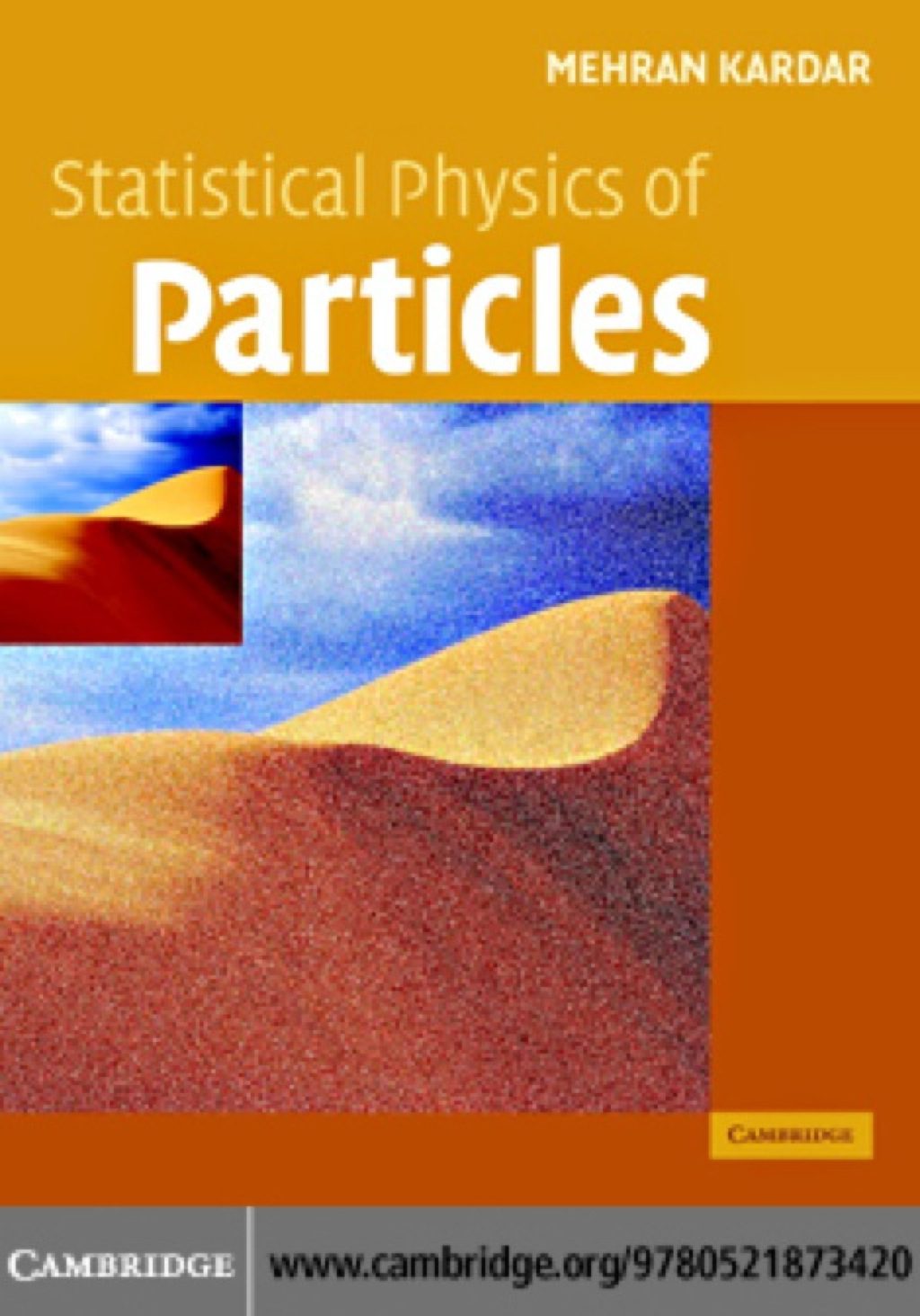
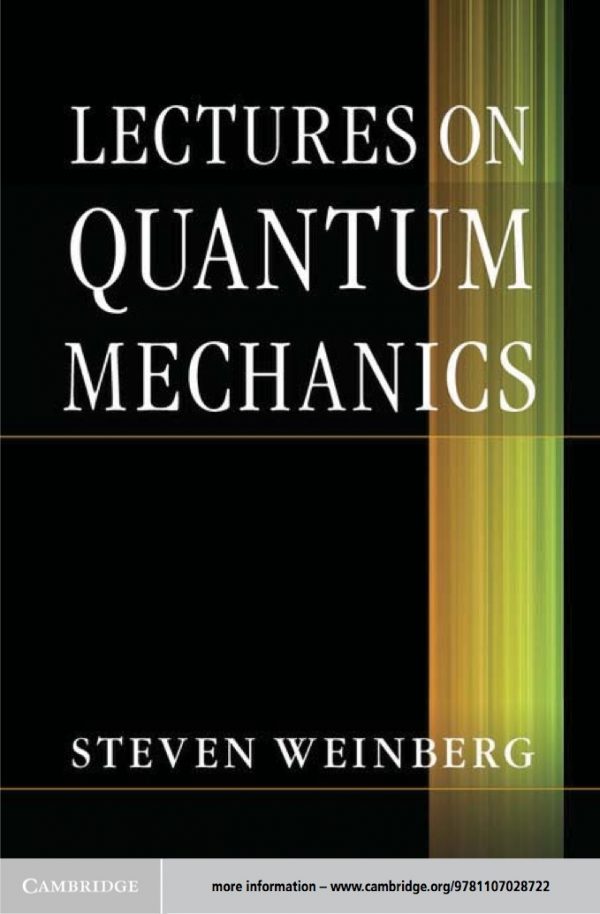

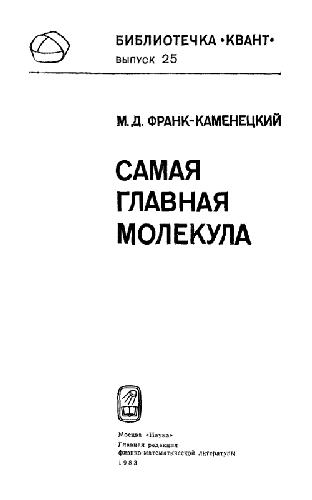
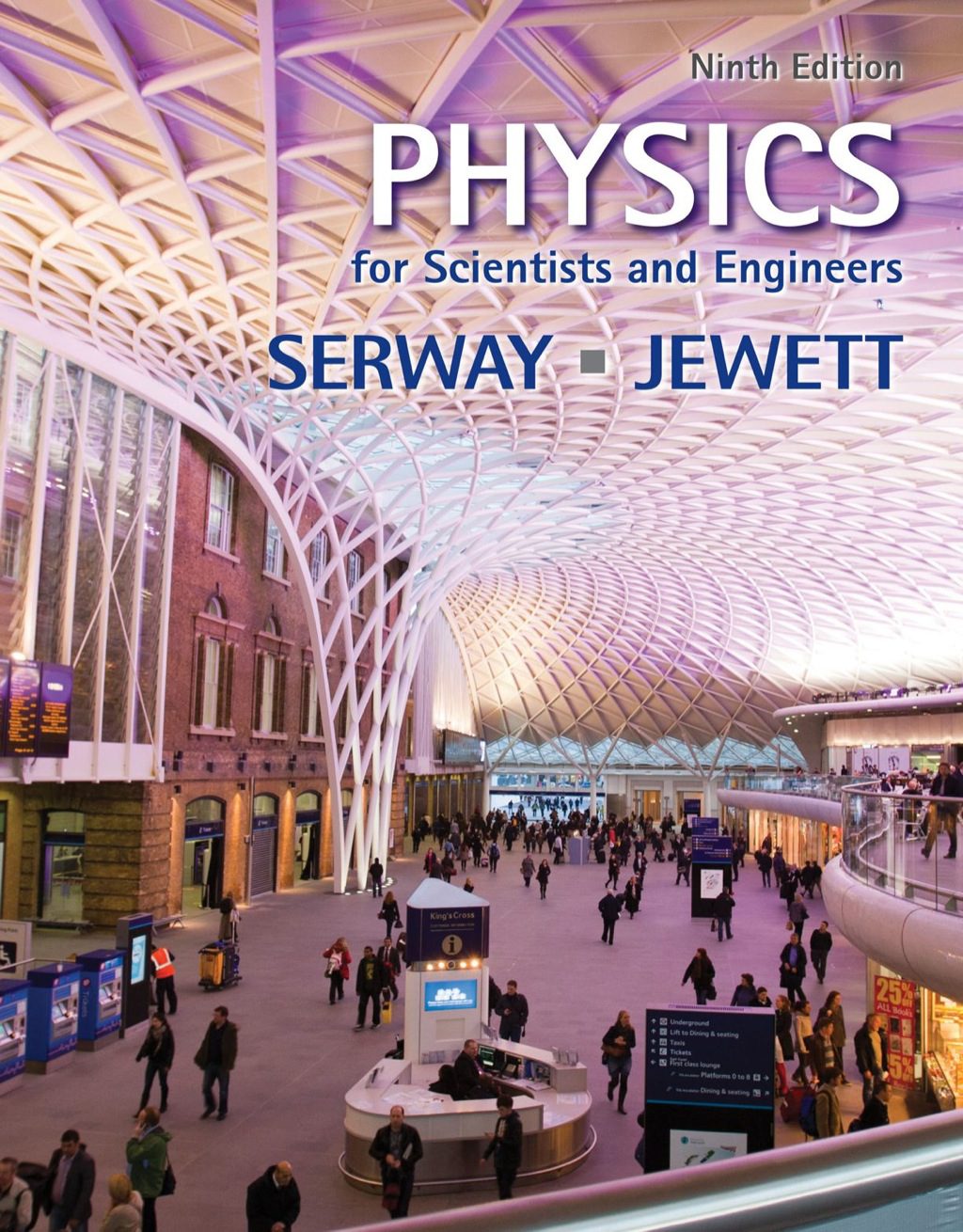
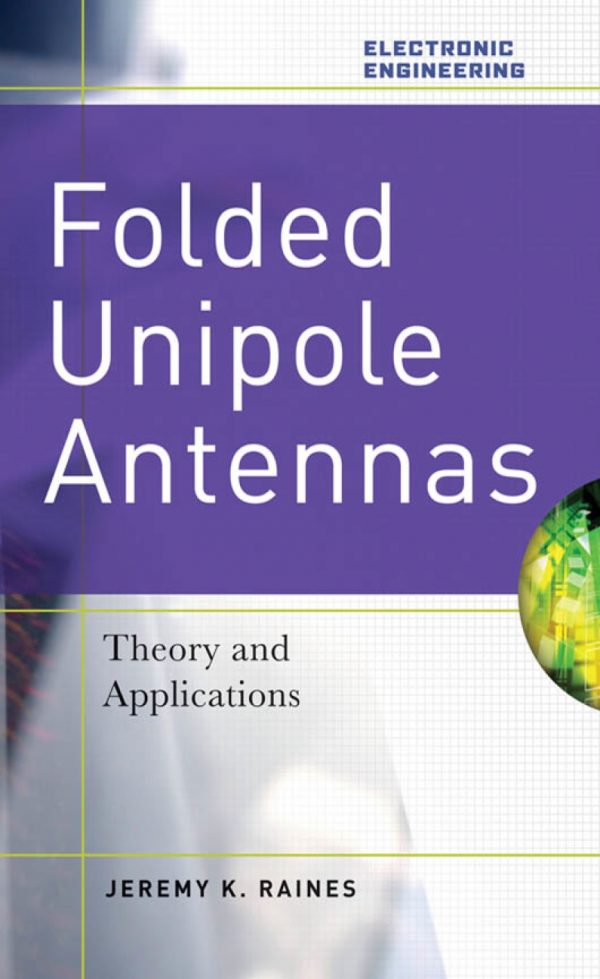
Reviews
There are no reviews yet.